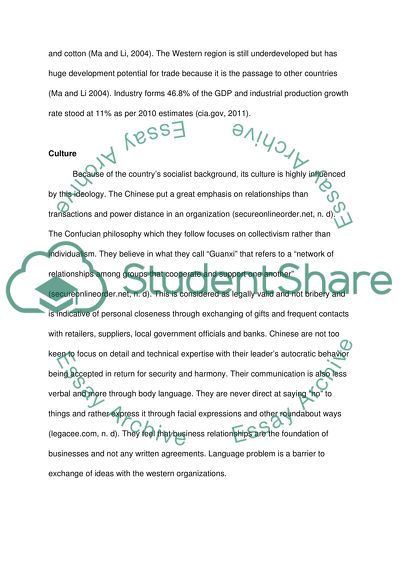Cite this document
(“Busniess in China Research Paper Example | Topics and Well Written Essays - 1500 words”, n.d.)
Retrieved from https://studentshare.org/family-consumer-science/1408322-busniess-in-china
Retrieved from https://studentshare.org/family-consumer-science/1408322-busniess-in-china
(Busniess in China Research Paper Example | Topics and Well Written Essays - 1500 Words)
https://studentshare.org/family-consumer-science/1408322-busniess-in-china.
https://studentshare.org/family-consumer-science/1408322-busniess-in-china.
“Busniess in China Research Paper Example | Topics and Well Written Essays - 1500 Words”, n.d. https://studentshare.org/family-consumer-science/1408322-busniess-in-china.


